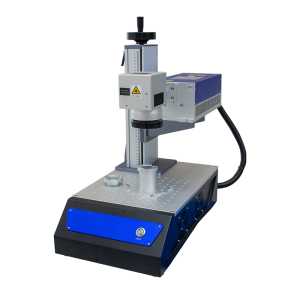Full Color Gobo Glass Machine
Introduction
The development of gobo glass machines, especially those that can produce full-colour gobos, stands out as one invention in the constantly evolving field of projection lighting. These devices have improved visual experiences by altering how lighting designs are perceived in a variety of applications. The full-colour gobo glass machine, its operation, and its potential uses will all be covered in this article.
-
What is a Full Color Gobo Glass Machine?
To regulate the shape of the light that is emitted, a gobo is a stencil or template that is positioned inside or in front of a light source. Gobos, which were formerly constructed of glass or metal, were used by designers to project patterns, logos, and scenes onto surfaces. A cutting-edge tool that makes it easier to create full-colour, high-resolution glass gobos is called a full-colour gobo glass machine.
Full-colour gobos can display detailed designs, photos, or logos in rich, multicoloured details, as opposed to simple glass gobos that may only have restricted colour gradations or monochromatic metal gobos that entail cut-out patterns.
-
How Does It Work?
A full-colour gobo is a labour-intensive technique to create, especially when high resolution and clarity are required. Here is a broad breakdown:
- Input for Design: The target image or pattern is first digitalised and projection-optimized. This guarantees colour accuracy, sharpness, and clarity.
- Getting the Glass Ready: An excellent piece of translucent glass is prepared and cleaned. The substrate for the gobo will be this glass.
The full-colour gobo glass machine then starts Color Stacking The process of layering the colours onto the glass substrate. Advanced printing or deposition processes are frequently used in this. The precise application of each colour guarantees the sharpness and vibrancy of the final image.
- Curing and setting: After the layers of colour have been applied, the gobo is cured, frequently using heat or UV light. Given that gobos are exposed to projector heat, this makes sure the colours are firmly etched onto the glass and heat-resistant.
- Final Inspection: The gobo is put through quality checks to verify colour correctness, clarity, and resolution before it is suitable for usage.
-
Applications: Where is it Used?
There are numerous uses for full-colour gobo glass machines and, consequently, the gobos they generate.
Theatre and stage performances: Use vibrant patterns and graphics to transform stage backdrops or to create dynamic sceneries.
Corporate Events: Display logos, brand pictures, or visually appealing themes during conferences, product launches, or other business meetings.
Weddings and parties: To improve the mood of the event, add a personalised touch by projecting a couple of images, names, or thematic visuals.
Retail and advertising: In shopping centres or shops, utilise vibrant gobos to draw attention to deals, company logos, or advertising graphics.
Create dynamic lighting effects for museums and exhibitions to enhance displays or highlight artwork.
Enhance structures, monuments, or landscapes at night with elaborate, vibrant patterns or images using architectural lighting.
Conclusion
The vanguard of reimagining how light can be used as a medium of expression is full-color gobo glass equipment. They provide designers, event organisers, and artists with a vast array of options by making it possible to project complicated and vibrant designs precisely. It’s intriguing to consider where the next step in gobo projection will lead us as technology develops.
Showing the single result

 HOME
HOME
 GET A QUOTE
GET A QUOTE  QUOTE BASKET
QUOTE BASKET 


